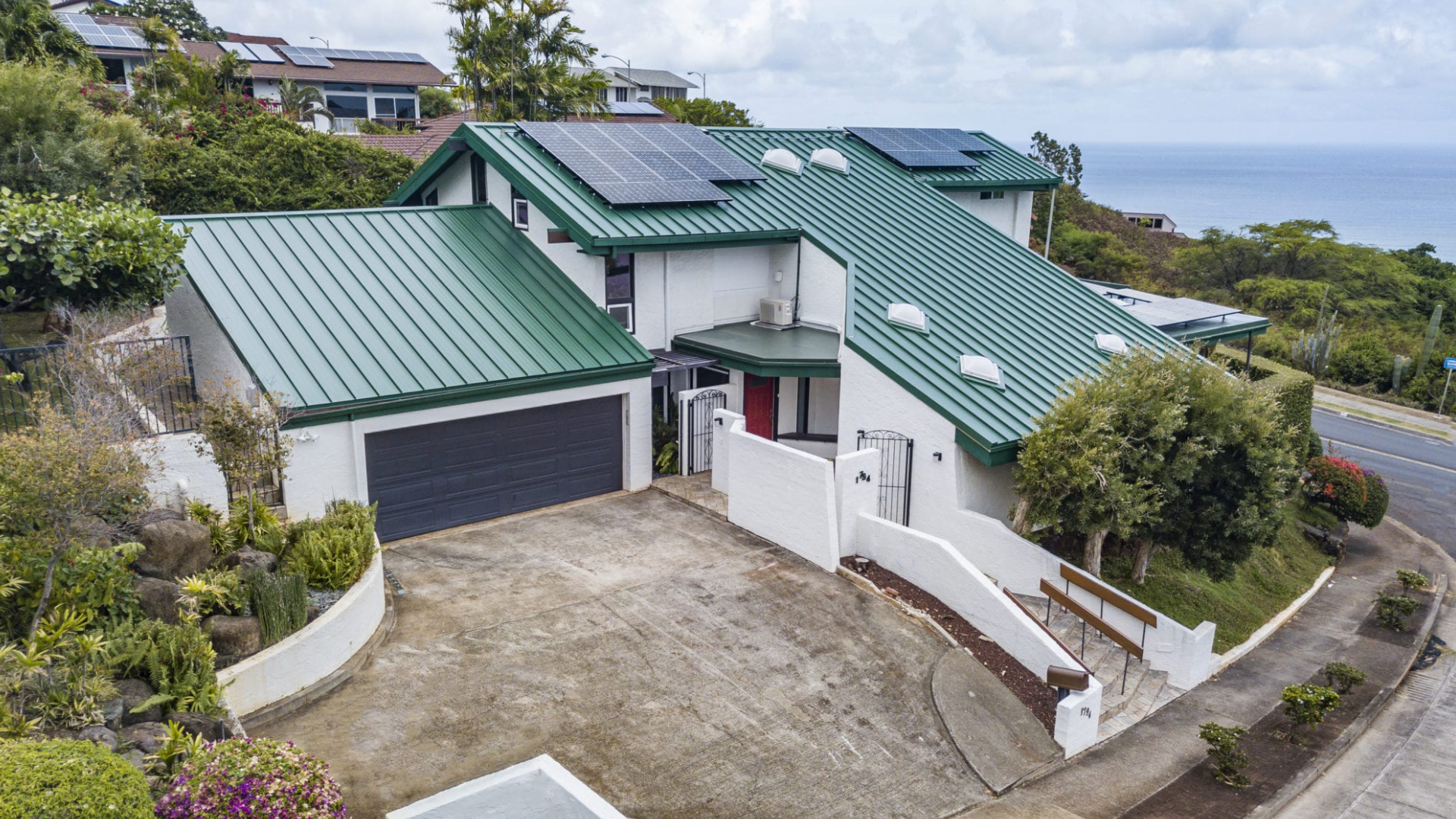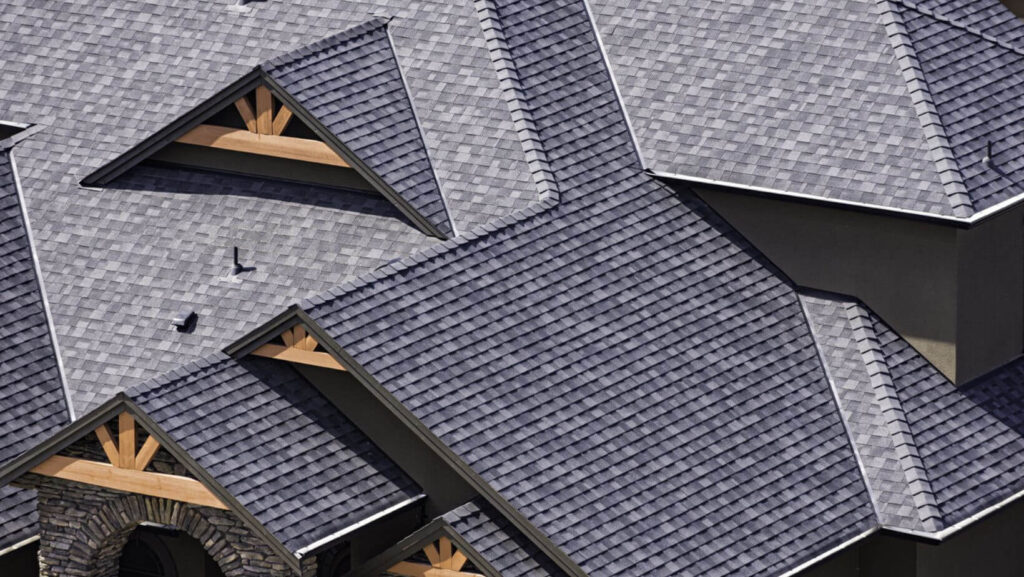Comprehending the Roof Covering Process: From Setup to Regular Maintenance
From the initial installment phase, where careful option of methods and materials plays a critical role, to the recurring upkeep methods that stop expensive repairs, each action is important to the general performance of a roof covering. As we check out the numerous aspects of this procedure, including crucial upkeep practices and typical indications of prospective problems, it becomes evident that expertise is not just power, but a need for efficient roof monitoring.
The Value of a Good Roofing

Moreover, a top quality roof covering adds to energy efficiency. Correct insulation and air flow within the roof system help regulate interior temperatures, decreasing reliance on home heating and cooling down systems. This not just lowers energy expenses but additionally improves overall convenience for passengers.
Additionally, an excellent roofing system can considerably boost a building's aesthetic appeal and market value (roofing honolulu hi). Property buyers and tenants often prioritize well-kept roof coverings when analyzing possible buildings, as they relate a strong roofing system with lasting investment and lowered maintenance worries
Steps in Roofing Installation
The roof installment process entails a series of systematic steps created to ensure longevity, effectiveness, and accuracy. Initially, an extensive assessment of the existing roof covering structure is conducted to examine its problem and recognize any kind of necessary repair work. This action makes certain that the brand-new roofing system will certainly be mounted on a strong foundation.
Next, the area is prepared by removing old shingles, debris, and any kind of broken parts. This prep work is critical for preventing future issues. Once the surface area is tidy, a protective underlayment is set up, supplying an extra layer of wetness security.
Following the underlayment, the actual roofing product is used. This process involves laying the shingles or various other products in a certain pattern to improve water runoff and ventilation. It is critical to make certain that each item is correctly aligned and safeguarded.
Kinds Of Roof Materials
When considering roof covering materials, different choices are available, each with distinct benefits and qualities that accommodate various needs and choices. One of the most common roof covering materials include asphalt tiles, metal, clay, slate, and timber, each offering distinct advantages.

Asphalt roof shingles are extensively utilized as a result of their cost and convenience of installation, making them a preferred choice for household roofing. Steel roofing, on the various other hand, is valued for its resilience and power efficiency, typically lasting substantially longer than typical materials.
Timber tiles and shakes supply an all-natural aesthetic, suitable for homeowners seeking a rustic look; nonetheless, they require more maintenance and are at risk to fire and rot. Clay tiles, known for their outstanding longevity and thermal homes, are a staple in warmer environments, although their weight demands additional structural support.

Vital Maintenance Practices
Normal maintenance is crucial for lengthening the life expectancy and integrity of any kind of roof. To properly preserve your roofing system, numerous vital practices must be executed regularly.
First of all, conduct regular evaluations a minimum of twice a year, ideally in spring and loss. This allows for the index very early detection of prospective concerns such as debris buildup, pooling water, or indications of wear and tear. During examinations, check for missing or loose tiles, damaged flashing, and clogged up rain gutters, as these can result in substantial troubles otherwise attended to immediately.
Secondly, ensure downspouts and seamless gutters are clear of particles to help with proper water drain. Blocked rain gutters can create water to support, potentially damaging the roofing framework and leading to leaks.

Last but not least, maintain an eye on the condition of roofing penetrations, such as smokeshafts and vents, to ensure they are properly secured and functioning. By sticking to these important you can try this out upkeep methods, property owners can safeguard their roof investment and improve its overall durability.
Signs Your Roofing Needs Repair
Determining the indicators that your roofing system requires repair work is crucial for maintaining its honesty and preventing a lot more extensive damage. Among one of the most common indications is the existence of missing or damaged roof shingles. Crinkling, cracking, or twisting tiles can compromise the roofing system's safety obstacle, allowing moisture to infiltrate.
An additional critical sign is the appearance of water stains or discoloration on your ceiling or walls. These stains typically suggest that water is leaking via the roofing and right into your home. In addition, if you notice enhanced energy bills, it may recommend that your roof is not effectively shielding your home.
Seamless gutters loaded with granules from tiles can additionally signify damage, as these granules secure against UV rays. Examine the flashing around vents, valleys, and smokeshafts; corrosion or spaces right here can lead to leaks. If your roofing system is sagging or has visible wear and tear, it's vital to seek specialist examination instantly.
Regular assessments and dealing with these indicators immediately can save property owners considerable expenses in the long run, guaranteeing the longevity and safety and security of their roof system.
Conclusion
Finally, a comprehensive understanding of the roof covering process, incorporating installation and maintenance, is critical for making sure the long life and efficiency of a roof covering. Proper setup strategies, incorporated with the selection of appropriate products, considerably affect a roofing's efficiency. Regular maintenance methods better reduce prospective concerns, preserving structural stability and boosting residential or commercial property value. Acknowledging the indicators of necessary repair work can assist in prompt treatments, inevitably safeguarding the investment in roofing and adding to general home longevity.
From the preliminary setup phase, where cautious choice of methods and products plays an essential function, to the continuous maintenance practices that prevent pricey fixings, each action is essential to the general performance of a roof covering. As we discover the different aspects of this process, consisting of necessary maintenance practices and usual signs of prospective issues, it comes to be obvious that understanding is not just power, yet a requirement for effective roofing monitoring. Crinkling, fracturing, or buckling shingles can jeopardize the roof's safety barrier, pop over to this site permitting wetness to infiltrate.
In final thought, an extensive understanding of the roofing procedure, encompassing installment and maintenance, is critical for ensuring the longevity and efficiency of a roof. Proper installment techniques, integrated with the selection of appropriate products, substantially affect a roofing's efficiency.